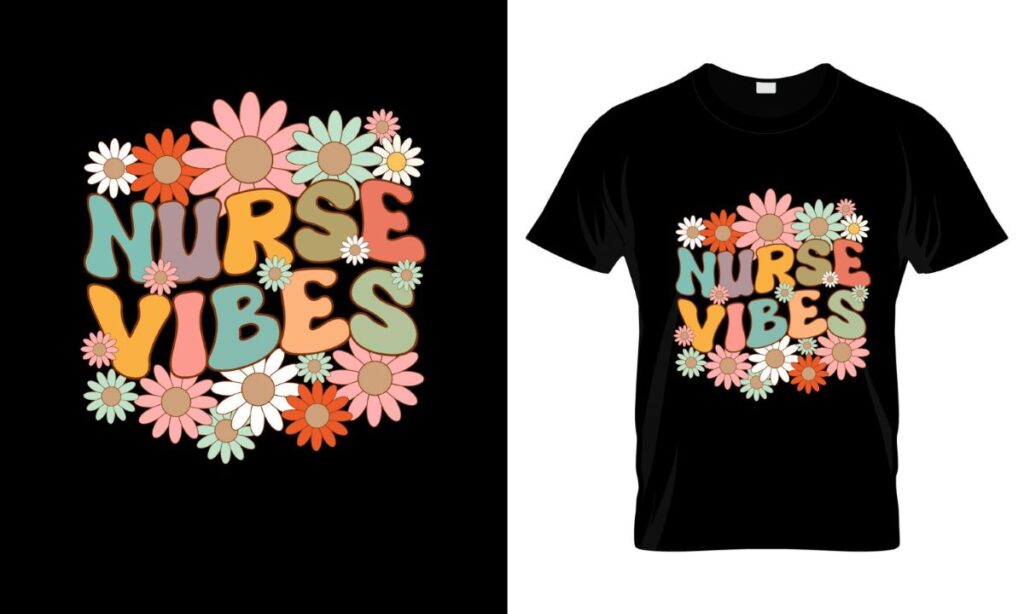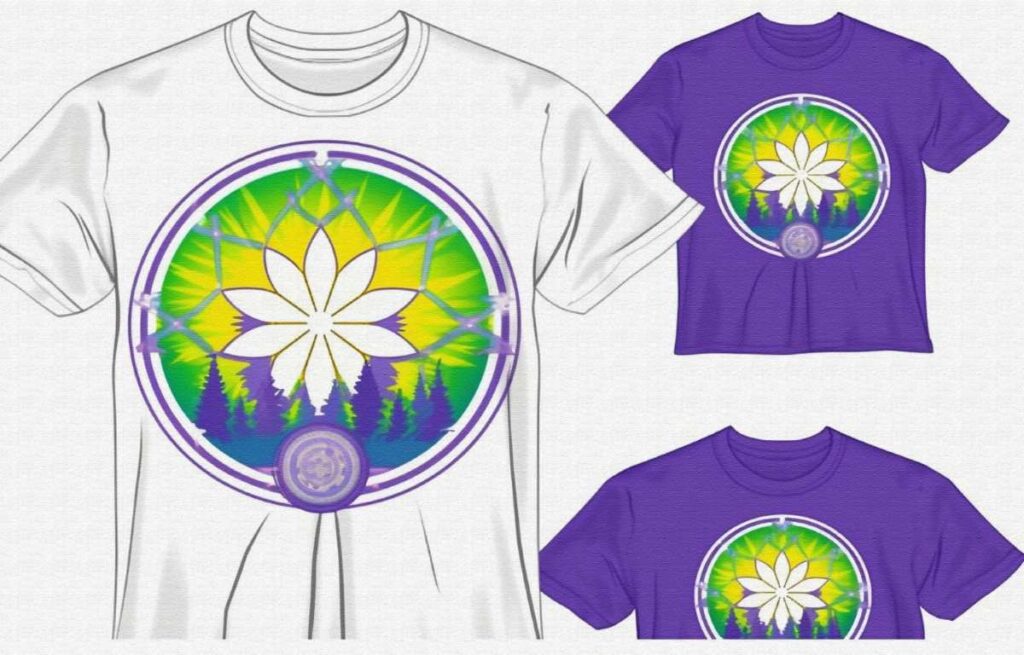DTF supplies 2025 signal a maturing market where beginners and professionals can access reliable, affordable materials that deliver durable, vibrant transfers. If you’re just starting out, you want a setup that’s forgiving, easy to learn, and scalable as your skills grow. For seasoned users, the emphasis shifts to consistency, speed, and cost-per-transfer without sacrificing image quality. This comprehensive guide cuts through the noise, breaking down the core DTF supplies you’ll need in 2025, how to choose them, and practical tips to get the best results from day one. From DTF transfer film options to DTF inks and powders, a DTF printer starter kit, DTF substrates for textiles, and precise DTF heat press settings, you’ll find a clear path to reliable results.
Beyond the explicit terms, the broader topic can be framed around film-based transfer media for fabrics and the end-to-end workflow that makes it approachable. This approach centers on a stable printable film surface, compatible pigment inks, and carefully mixed powders that enable clean adhesion during the transfer. For beginners, a well-designed entry-level bundle that bundles a printer, inks, powders, and software can drastically shorten the learning curve. In practice, you’ll want to consider the kinds of fabrics you’ll print on, such as cotton-rich blends or synthetic jerseys, and tailor prepress and finishing steps accordingly. When it comes to heat application, stable temperature and controlled dwell time, along with pressure uniformity, matter as much as the chemistry of the media. Finally, keeping an eye on maintenance, color consistency, and safety ensures long-term production capacity.
1) DTF Supplies 2025: A Guide to Core Components
DTF supplies 2025 mark a mature market where beginners and professionals alike can access reliable materials that deliver durable, vibrant transfers. Understanding the core components helps you build a workflow that is forgiving to learn yet scalable for higher volumes and more complex designs.
At the heart of every successful DTF project are the five essentials: DTF transfer film, DTF inks and powders, a DTF printer starter kit, DTF substrates for textiles, and precise DTF heat press settings. When these elements are chosen for compatibility and aligned with your printer model, the chances of consistent color, clean releases, and strong adhesion rise significantly. This guide focuses on how to evaluate and assemble these components for 2025 and beyond.
By prioritizing reliable film, stable inks and powders, and a sensible starter kit, you create a foundation that you can upgrade piece by piece. The goal is to minimize guesswork, reduce waste, and shorten the learning curve so you can produce professional-level transfers from day one.
2) DTF Transfer Film Quality: Key Factors That Influence Output
The transfer film is the first contact point with your artwork, so its quality strongly influences the final garment. Look for a film with a uniform coating, stable transparency across the printable area, and a reliable peel window that minimizes ghosting and edge curling. A good film should release cleanly from the printable layer and adhere evenly to fabrics without leaving excess residue.
Film choices must also align with your printer’s capabilities and the inks and powders you plan to use. In 2025, printers support a wider range of film thicknesses, so selecting a film that matches your machine’s nozzle configuration, tension, and feed path is essential. When the transfer film performs consistently, color outcomes tend to be more predictable, and post-press handling becomes smoother.
Additionally, the interaction between the film and the substrates you print on matters. A film that performs well on cotton-rich fabrics might require adjustments for blends or stretch fabrics. Testing different film options on your typical textiles helps establish reliable profiles and reduces the risk of misprints or adhesion issues in production.
3) Inks and Powders: Color, Durability, and Maintenance
DTF inks and powders work together to define color vibrancy, edge sharpness, and wash durability. Pigment-based inks designed for DTF provide strong opacity on white and light fabrics, while underbase performance on darker textiles often hinges on the ink system’s opacity and layering capability. Choosing inks with a stable shelf life and consistent color gamut helps you avoid unexpected shifts between prints.
Powders create the micro-topography that activates the adhesive bond during curing. Look for powders with uniform particle size, easy mixing (especially in kits that bundle powders with other components), and low clumping risk. The adhesive strength must balance durability with wash-fastness, so consider how the powder’s cohesion and the film’s release properties interact during heat pressing.
A well-matched ink–powder ecosystem reduces clogging, simplifies maintenance, and improves long-term consistency. In 2025, many suppliers offer optimized ink-powder systems designed to minimize downtime and streamline routine cleaning, allowing you to spend more time producing and less time troubleshooting.
4) Choosing a DTF Printer Starter Kit for Beginners and Pros
A DTF printer starter kit is designed to lower the barriers to entry while offering a clear upgrade path for more demanding projects. A dependable entry-level kit typically includes a compatible DTF printer, a basic ink set, a powder shaker, and software compatibility that lets newcomers generate print profiles without reinventing the wheel. For professionals, a starter kit that offers higher-capacity inks and powders, plus better coating options, can shorten the ramp to high-volume production.
When evaluating starter kits, consider not just the initial cost but also the long-term value: ease of setup, how well the kit scales as your needs grow, and the level of supplier support. A solid kit should include practical guidance on workflow, simple profiles for common fabrics, and upgrade paths that let you swap in higher-grade transfer film, inks, or powders without replacing the entire system.
In practice, a thoughtful DTF printer starter kit accelerates learning and reduces the risk of costly misprints. It gives you a reliable baseline for color, adhesion, and durability, so you can systematically improve with experience and investment.
5) DTF Substrates for Textiles: Fabric Choice, Prep, and Performance
DTF substrates for textiles sit at the core of design fidelity and wear resistance. Material considerations include cotton-rich blends, poly blends, jersey, and other common apparel fabrics. The fabric’s brightness, weave, and stretch influence how the transfer adheres and how the image holds up after washing, so matching substrate selection to your project goals is essential.
Surface prep and pretreatment routines play a crucial role in achieving consistent color reproduction and maximum adhesion. Some fabrics benefit from light pretreatment or specific prepress steps to reduce moisture and wrinkles, leading to fewer print defects. In 2025, newer pretreatments are available for certain fabrics, offering improved color accuracy and more predictable outcomes across a range of textiles.
Choosing the right substrate for a given garment can dramatically affect color fidelity and durability. When you align DTF substrates for textiles with your transfer film and ink system, you reduce variables that commonly cause misprints, edge cracking, or color shifts after multiple washes.
6) Optimizing DTF Heat Press Settings and Workflow Efficiency
A consistent heat press workflow is essential for repeatable, high-quality results. Standard guidelines often cite temperatures around 160–170°C (320–338°F) for 60–90 seconds, followed by a short cold or warm peel. Always verify with your material manufacturer’s guidelines, since adhesive formulations and film types can alter optimal times and temperatures.
Even heat distribution across the platen matters. Ensure even pressure with appropriate calibration and consider using a teflon sheet or silicone cover to promote uniform heat transfer. A light pre-press of 5–10 seconds helps remove moisture and relax fabrics, which improves adhesive bonding and reduces distortion during transfer.
Beyond press settings, ongoing workflow efficiency includes pre-press planning, cooldown periods to stabilize the bond, and post-press handling protocols that protect the design. Maintaining consistent records of temps, times, pressure, and fabric types enables you to build a library of reliable profiles capable of scaling from one-off projects to batches.
Frequently Asked Questions
What are the essential DTF supplies for 2025 and why do they matter for beginners and pros alike?
DT F supplies 2025 center on a reliable DTF transfer film, strong DTF inks and powders, a DTF printer starter kit, suitable DTF substrates for textiles, and precise heat press settings. Together, these core components support a forgiving beginner workflow while enabling scalable, high-quality results for professionals.
How do I choose the best DTF transfer film in 2025?
When selecting DTF transfer film, look for uniform coating, stable transparency, and a reliable peel window. In 2025, compatibility with your printer and the ability to handle various fabric types are crucial, so choose film that minimizes ghosting and edge curling while matching your printer’s capabilities.
What should I know about DTF inks and powders for 2025 transfers?
DTF inks and powders determine color vibrancy and adhesion. Opt for pigment-based inks with good shelf life and opacity for light and dark fabrics, and powders with consistent particle sizes and low clumping. A well-balanced ink-powder ecosystem improves wash durability and reduces maintenance in 2025.
Why is a DTF printer starter kit a good option for beginners in 2025?
A DTF printer starter kit provides a ready-to-learn setup, including a dependable printer, compatible inks, powders, and software compatibility. It lowers upfront costs, accelerates skill-building, and offers upgrade paths as you grow.
How do I select DTF substrates for textiles for 2025 projects?
Choose fabrics like cotton-rich blends and jerseys, considering brightness, weave, and stretch, as these affect adhesion and wash performance. In 2025, pretreatment options and surface prep routines have improved color accuracy and consistency on many textiles.
What heat press settings are recommended for DTF transfers in 2025?
Typical guidelines suggest 160–170°C (320–338°F) for 60–90 seconds, with even pressure and a short cooldown. Use a teflon sheet or silicone cover to promote uniform transfer, and verify settings with the manufacturer’s recommendations for each film and adhesive system.
| Topic | Key Points | Why It Matters | Practical Tips |
|---|---|---|---|
| Introduction to DTF and why supplies matter |
|
The quality of the supplies sets the ceiling for color vibrancy, durability, and production reliability. A mature market in 2025 offers dependable options, easier troubleshooting, and better value. |
|
| DTF transfer film |
|
The film is the first contact point with artwork; irregularities magnify on the final garment. Film choice affects clarity and edge integrity. |
|
| DTF inks and powders |
|
Inks and powders determine color vibrancy, wash durability, and the overall feel of the transfer. |
|
| DTF printer starter kit |
|
A solid starter kit helps you learn the workflow, test on multiple fabrics, and build a library of transfer profiles without a steep upfront cost. |
|
| DTF substrates for textiles |
|
Substrate choice, together with film and inks, yields color fidelity and durability of designs. |
|
| Heat press settings and workflow efficiency |
|
Consistent heat transfer directly affects adhesion, image sharpness, and wash durability. |
|
| Maintenance, quality control, and safety |
|
Regular maintenance and safety reduce downtime, ensure consistent results, and protect operators. |
|
| Budget versus pro gear: building a scalable DTF setup |
|
Scalability and cost control enable growth from hobby projects to steady production. |
|
| A practical buying guide for 2025 |
|
A structured buying plan minimizes wrong investments and speeds up time-to-first-transfer. |
|
| Putting it all together: top picks for 2025 |
|
Choosing well-rounded components reduces troubleshooting and speeds up production. |
|
Summary
DTF supplies 2025 offer a solid foundation for creating high-quality, durable transfers across a range of fabrics and project types. By prioritizing reliable transfer film, compatible inks and powders, and practical starter kits, you can set up a workflow that’s both beginner-friendly and scalable for professional workloads. Tailor your substrate choices, heat press settings, and maintenance routines to your specific fabrics and production goals. With thoughtful purchasing and consistent practice, you’ll be able to produce vibrant, durable designs that resist washing and wear, keeping your customers happy and your business growing. This maturity in the market means better value and more predictable results for both amateurs and pros.



